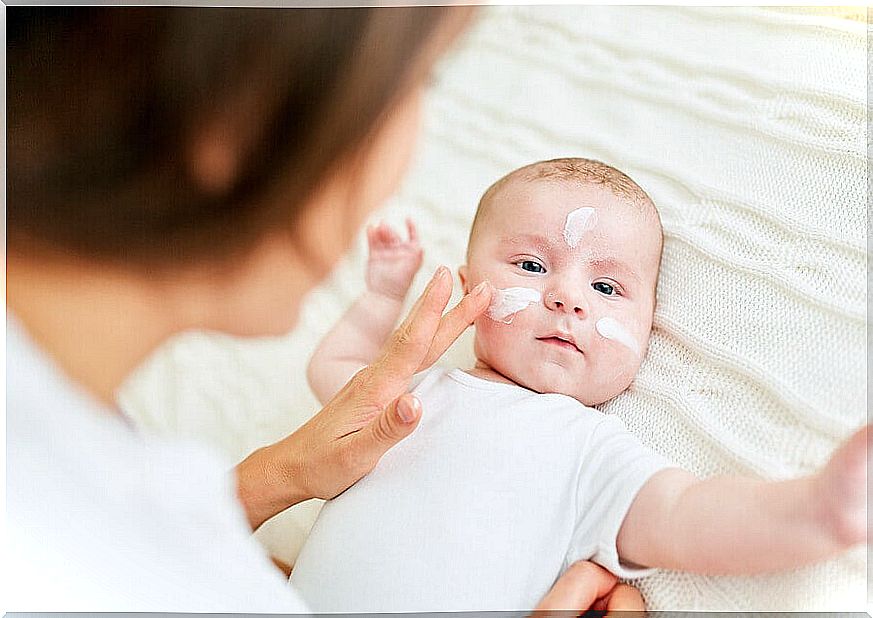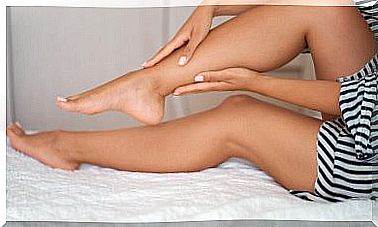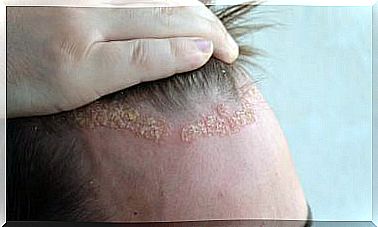Sudamina Or Miliaria, What Does It Consist Of?
Sudamina, also called miliaria , is a type of rash that appears on the skin. It is a pathology that frequently affects newborn children, although it can occur at any age.
This rash occurs because the sweat gland ducts become blocked. They are responsible for transporting sweat to the most superficial part of the skin. When clogged, itching, inflammation and small blisters occur.
All these symptoms are very annoying and unpleasant for those who suffer from it. It usually occurs in summer, especially in places where the climate is very hot and humid. However, do not worry too much, as it is a condition that tends to go away on its own.
However, due to its frequency and how worrisome it can be for those who suffer from it (especially for parents of babies), below we explain everything you need to know about sudamina, according to what the scientific literature indicates .
What is prickly pear?

As we have already mentioned, prickly pear or miliaria is a specific rash that occurs because the sweat ducts are obstructed. They are those that allow sweat to reach the most superficial part of the skin and perspiration takes place.
When they become clogged, the sweat stays under the skin instead of evaporating. This causes an inflammatory reaction to occur, which leads to both the rash and itching and the rest of the symptoms.
The causes of this obstruction are not exactly known. It is thought that one of the reasons could be that these ducts were not sufficiently developed. Therefore, they tend to break and do not work properly. This would explain why newborns are the most frequent sufferers of prickly pear.
Another of the related situations is living in hot and humid climates. Similarly, any physical activity that involves sweating a lot seems to play a role.
On the other hand, it has been seen that prickly pear also frequently affects people who have been ill and at rest for quite some time. In fact, this occurs especially in those who have had a fever.
What are the symptoms of prickly pear?
First of all, it is important to know that it is a rash that usually appears in areas where the skin produces friction. For example, in babies it usually appears in the folds of the buttocks, on the neck or under the breast. It even appears many times in the armpits or groin.
Also, prickly pear is accompanied by itching and irritation. It can occur at different levels of the skin and with greater or lesser severity, so the symptoms may be different from person to person.
In milder cases, only the most superficial layer is affected. Therefore, in addition to the rash, small blisters appear that break easily. These blisters can cause pain.
On the other hand, when it affects deeper, more painful red lumps appear. Interestingly, these cases are accompanied by a tingling in the area. Sometimes these lumps fill with pus and become inflamed, complicating the condition.
Sudamina can become more serious, although it does not occur as often. When this is the case, it affects even more deeply and produces firm, reddened lesions on the skin.
Which is the treatment?
In most cases, prickly pear does not need treatment. However, there are certain measures that can help reduce symptoms and facilitate their improvement. For example, it is important to stay in a cool, well-ventilated place.
In addition, the ideal is to avoid very tight clothing or excess clothing. If it is summer, try to dress in light and fresh clothes. If it is your baby, do the same, and try to protect him from the heat.
When dealing with a severe case of Sudamina, certain ointments or ointments may need to be applied to the skin to relieve symptoms. In some situations, topical steroids may even be prescribed to relieve inflammation.

Prickly pear or miliaria is a skin rash that usually affects babies in hot, humid climates. Complications are rare or serious. However, it is essential to go to the doctor before any symptoms to be able to rule out that it is another pathology.









